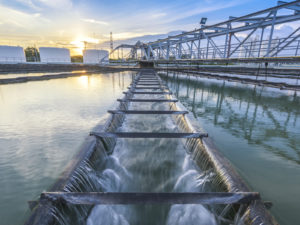We are delighted to welcome Professor Tao Zhang as our newest Editorial Board member.
Tao Zhang, Dalian Institute of Chemical Physics, Chinese Academy of Sciences, China
Professor Tao Zhang received his PhD in 1989 from the Dalian Institute of Chemical Physics (DICP), Chinese Academy of Sciences (CAS). After one year at the University of Birmingham as a post-doctoral fellow, he joined DICP again in 1990 where he was promoted to a full Professor in 1995. He was the Director-General of DICP from 2007 to 2016. His research interests are mainly focused on the catalytic conversion of biomass and single-atom catalysis. He has won many important awards, such as the National Invention Prize, Distinguished Award of CAS, Excellent Scientist Award of Chinese Catalysis Society, Zhou Guangzhao Award, and HLHL Prize. Professor Tao Zhang is the author or co-author of more than 400 peer-reviewed scientific publications and 110 patents. He was elected as an academician of the Chinese Academy of Sciences in 2013 and was appointed as the Vice President of the Chinese Academy of Sciences in 2016.
Read some of Professor Zhang’s latest research here:
Sustainable production of pyromellitic acid with pinacol and diethyl maleate
Yancheng Hu, Ning Li, Guangyi Li, Aiqin Wang, Yu Cong, Xiaodong Wang and Tao Zhang
Green Chem., 2017, 7, 1663-1667. DOI: 10.1039/c6gc03576k
Production of renewable 1,3-pentadiene from xylitol via formic acid-mediated deoxydehydration and palladium-catalyzed deoxygenation reactions
Ruiyan Sun, Mingyuan Zheng, Xinsheng Li, Jifeng Pang, Aiqin Wang, Xiaodong Wang and Tao Zhang
Green Chem., 2017, 3, 638-642. DOI: 10.1039/c6gc02868c
Comments Off on New Green Chemistry Editorial Board Member: Tao Zhang













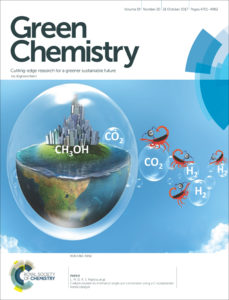
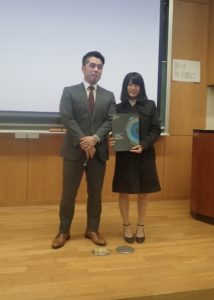
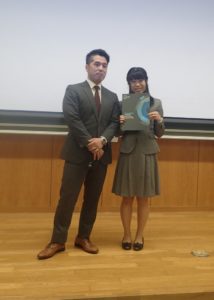
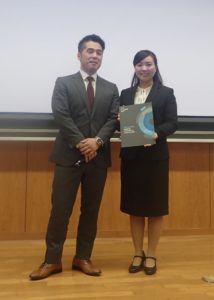
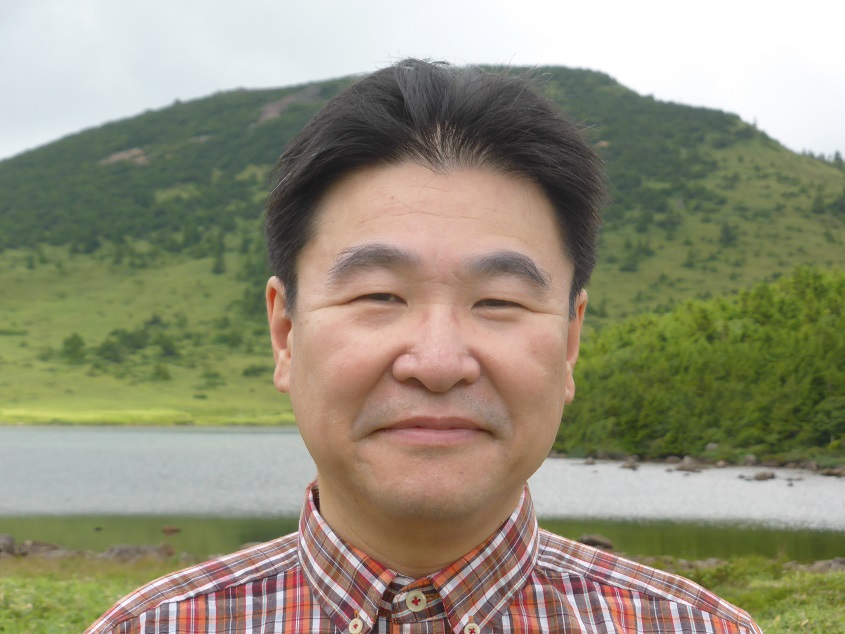
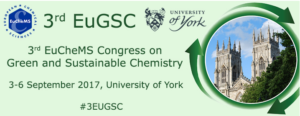
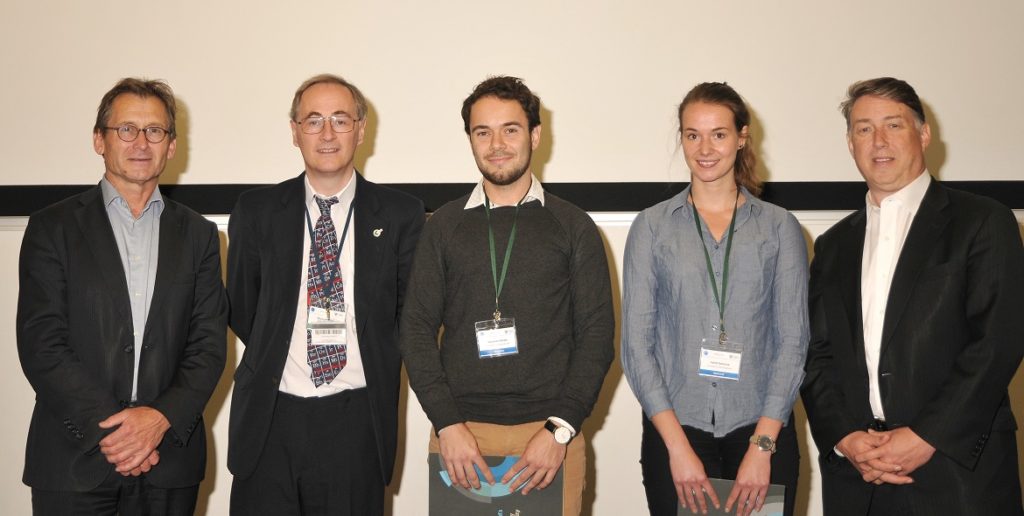

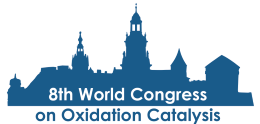 The
The 